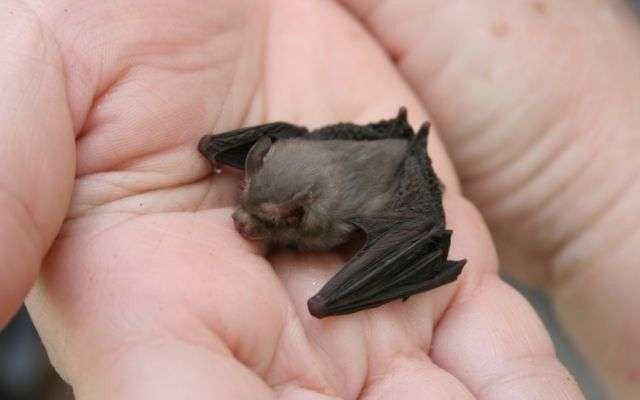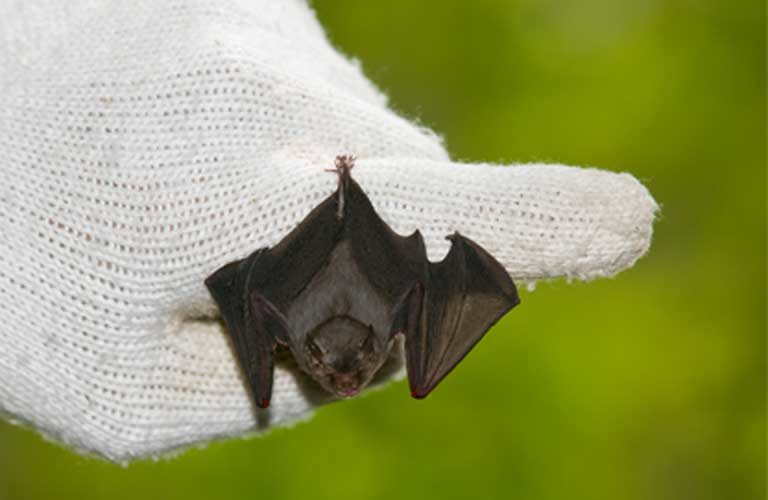Kitti's Hog-Nosed Bat

The only living member of the family Craseonycteridae is Kitti's Hog-Nosed Bat (Craseonycteris thonglongyai), often known as the bumblebee bat. It is a nearly extinct species of bat. It inhabits limestone caverns near rivers in western Thailand and southeast Myanmar.
The popular name "bumblebee bat" comes from the Kitti's hog-nosed bat's dimensions of 29 to 33 mm in length and 2 g in mass. Depending on how size is defined, it is the smallest species of bat and might well be the smallest mammal in the world. Small shrews are the main rivals for the title; for example, the Etruscan shrew is lighter at 1.2 to 2.7 g, but it is also longer, measuring 36 to 53 mm from the top of its head to the tip of its tail. The size of the colonies varies widely, with 100 people on average living in each cave. The bat hunts for insects in adjacent forests during brief feeding intervals in the evening and early morning. Every year, females give birth to a single child.











